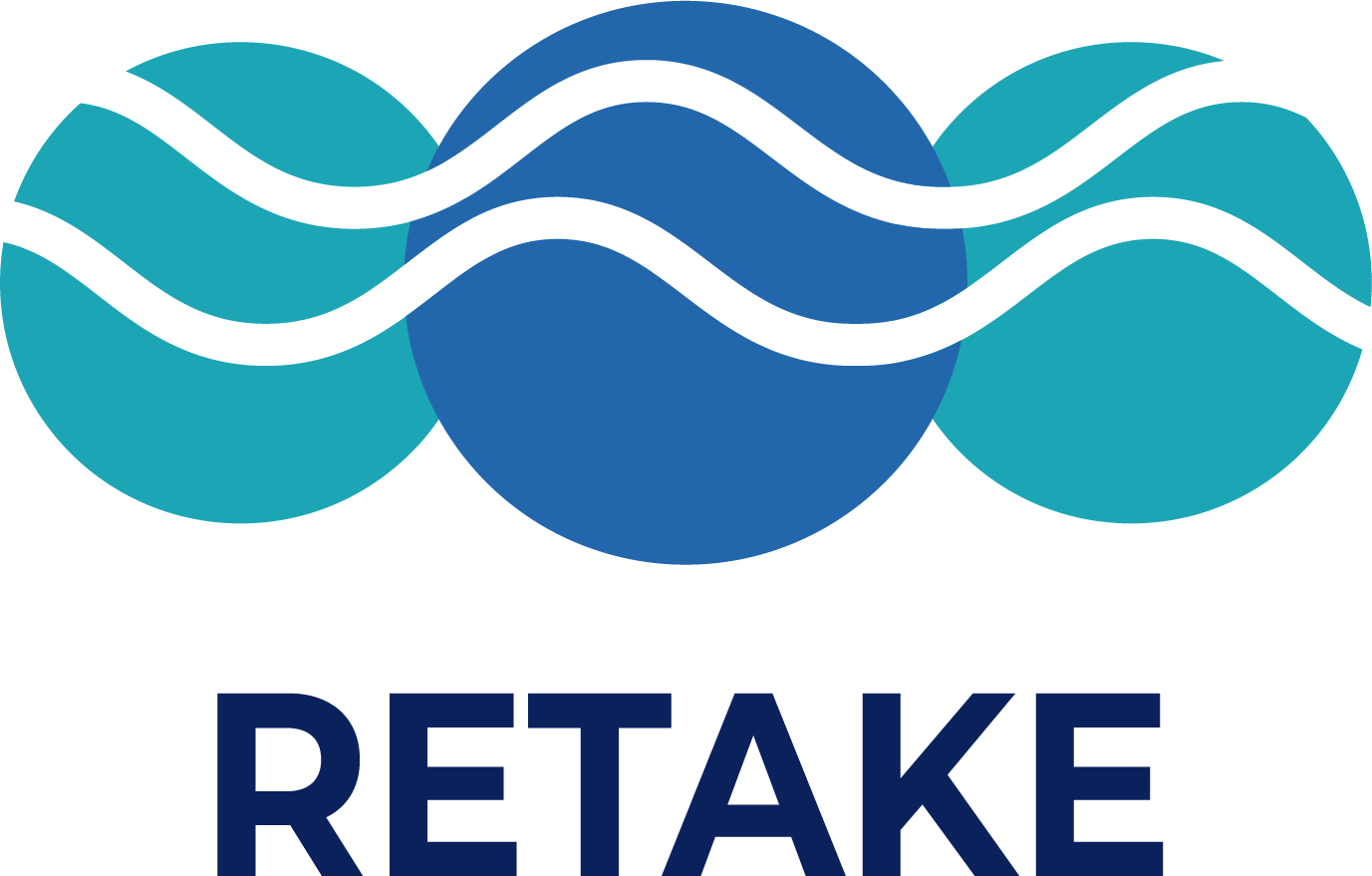Observation & Monitoring
If marine alkalinity enhancement (AE) is to be established as a method of atmospheric CO2 removal, it is important to develop suitable monitoring strategies that can detect, attribute and ultimately quantify the intended changes. For this, it must be ensured that AE and the associated additional marine CO2 uptake can be clearly distinguished from natural variability. In addition, unintended side effects should be detected as early as possible. This is being studied on in two work packages in RETAKE.
For the observation of alkalinity in the area of European coastal waters, especially in the North Sea and Baltic Sea, two complementary methods will be used to enable both, qualitative and quantitative assessments of AE (WP2.1). Element fingerprinting methods and isotope methods for qualitative detection and a radiotracer approach for quantitative assignment will be used. Close cooperation with the bentho and mesocosm studies is taking place to develop suitable monitoring parameters.
As the methods described above cannot be readily applied to larger spatial scales, existing datasets as well as satellite data help to estimate alkalinity on global scales and draw conclusions about the resulting marine CO2 uptake (WP3.1). Again, it is important to clearly distinguish natural variability from AE-induced changes.
TEAM
PI’s
- Dr. Daniel Pröfrock (Hereon)
- Prof. Monika Rhein (Uni Bremen)
- Dr. Reiner Steinfeldt (Uni Bremen)
- Prof. Helmuth Thomas (Hereon)
Postdoctoral Researchers
- Dr. Tristan Zimmermann (Hereon)
Doctoral Candidates
- Chantal Mears (Hereon)
- Ann-Cathrin Rohrweber (Hereon)
